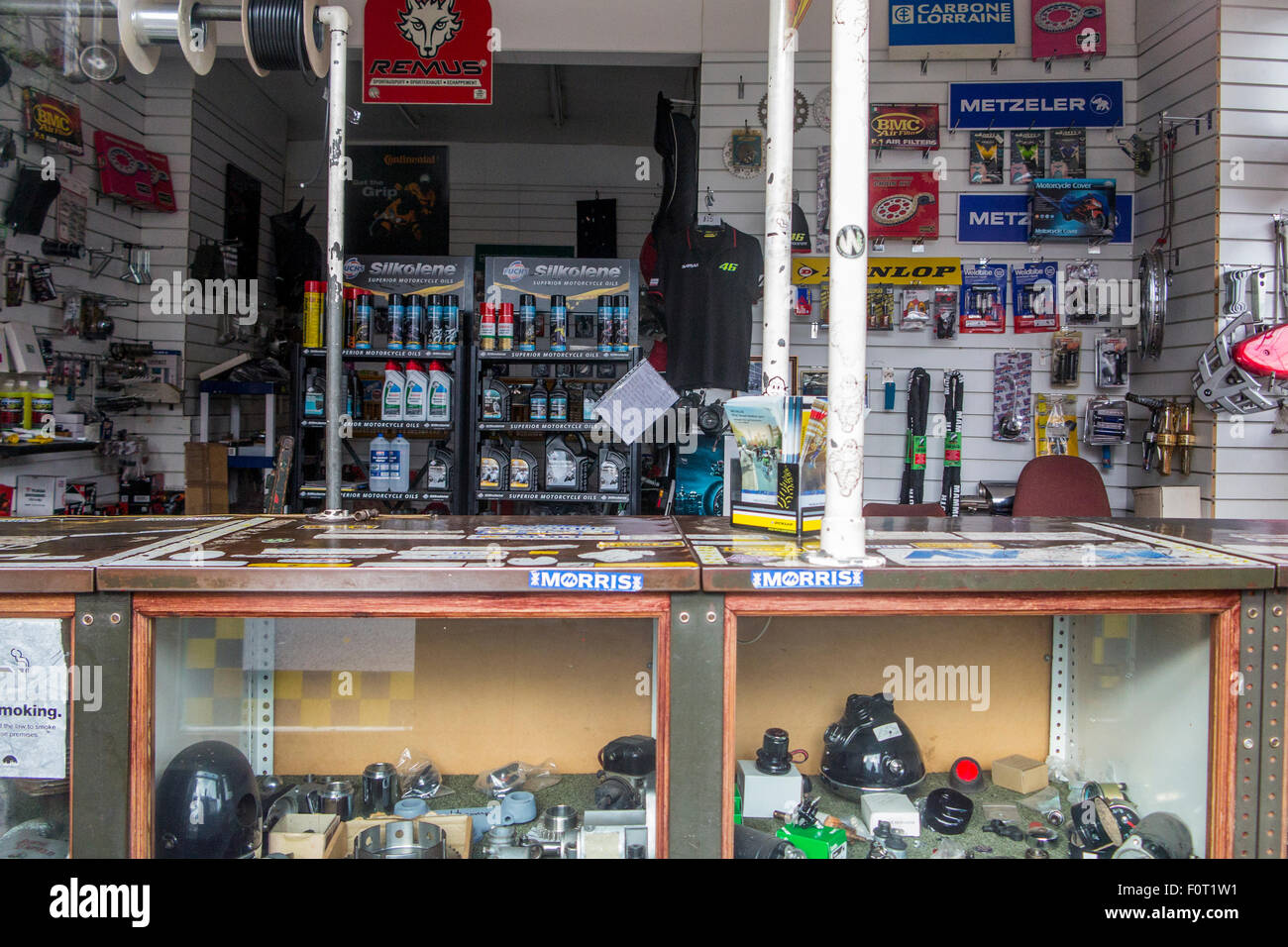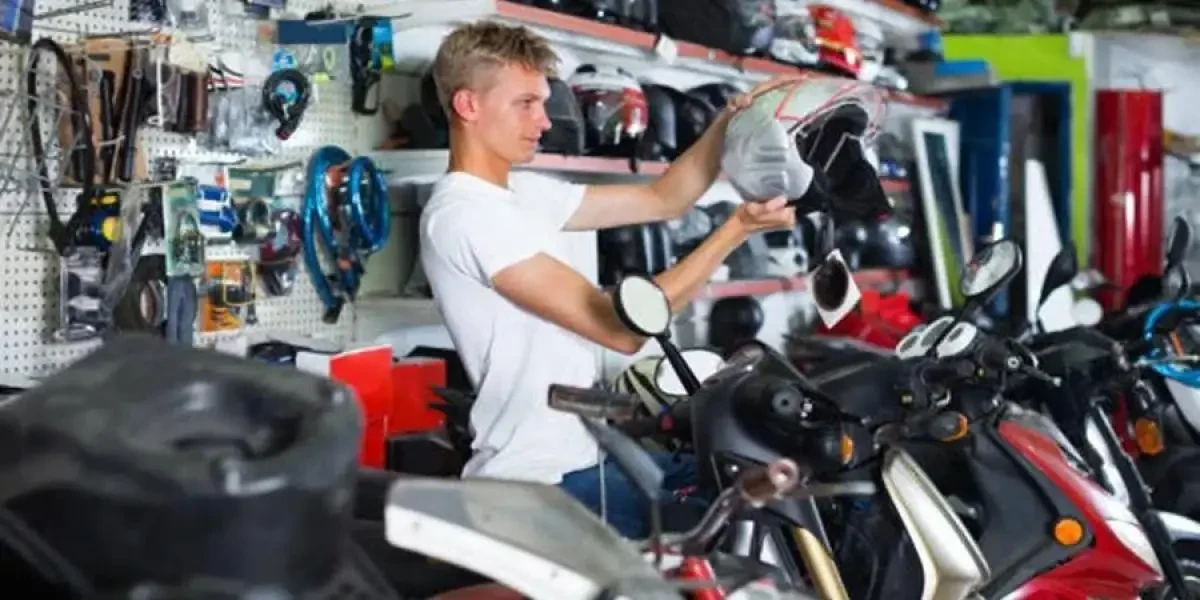Find Competitive Rates on Motocross Parts NZ for each Bike
Find Competitive Rates on Motocross Parts NZ for each Bike
Blog Article
Recognizing the Important Parts of a Motorbike: A Comprehensive Overview for Enthusiasts
For motorcycle enthusiasts looking to elevate their riding experience and guarantee their bikes run efficiently, recognizing the crucial components of a motorcycle is extremely important. Each aspect, from the engine's detailed operations to the critical duty of the stopping devices, not only influences performance but likewise safety and security and convenience. This overview will walk with the essential components that every motorcyclist should recognize with, allowing notified options in both maintenance and prospective upgrades. As we start this expedition, one must ask: exactly how does each element connect to create the seamless ride every lover seeks?
Engine Components

The camshaft plays an important duty in managing the timing of the engine's shutoffs, making sure the precise opening and closing essential for efficient fuel and air consumption, along with exhaust expulsion. This timing is vital to preserving optimum engine performance and efficiency. Additionally, the carburetor or fuel injection system, relying on the motorcycle design, is accountable for blending air with gas in the proper proportion for combustion.
The cooling system, either air or liquid-based, works to preserve the engine's temperature within functional restrictions, preventing overheating and making certain durability - motorcycle shop. Each element, thoroughly developed and integrated, contributes to the seamless operation of the engine, defining the motorcycle's power output and general performance
Transmission System
Important to the motorbike's functionality, the transmission system makes sure efficient power transfer from the engine to the wheels. This system consists of numerous vital parts, consisting of the clutch, transmission, and final drive, each playing a crucial duty in translating the engine's power into movement. The clutch, typically operated by a hand lever, offers to engage and disengage the engine from the transmission, permitting smooth gear changes and regulated acceleration.
The gearbox, usually described as the transmission proper, contains a set of equipments that cyclists can by hand move with to adjust the bike's rate and torque outcome. These gears are set up in a sequence that allows the motorbike to accelerate efficiently and preserve optimum engine efficiency throughout numerous rates. The majority of bikes make use of a consecutive gearbox, needing the biker to shift equipments in an established order.
Braking Mechanisms
While comprehending the transmission system is crucial to using a motorcycle's power, equally essential is the ability to regulate and stop that power properly, which is where stopping systems come into play. Brakes are crucial for security and efficiency, offering the biker with the needed control to browse various terrains and problems. Typically, motorbikes feature two kinds of stopping systems: disc brakes and drum brakes.
Disc brakes are more prevalent in contemporary bikes due to their premium performance. This system provides far better warmth dissipation, constant efficiency, and enhanced stopping power, particularly in damp problems.
On the other hand, drum brakes, though less usual, are still located in some motorcycles. They work by pushing brake footwear versus the internal surface of a drum connected to the wheel. While typically less efficient in heat dissipation and quiting power, drum brakes are less complex and a lot more cost-effective.
Recognizing these braking systems' subtleties allows cyclists to keep their motorcycles correctly and value the design that guarantees safe and reliable stopping.
Suspension and Steering
Suspension and steering systems are vital elements that considerably affect a bike's handling and ride convenience. The shock absorber, including forks at the front and shock absorbers at the back, absorbs roadway abnormalities, enhancing security and control. Front forks, upside down or usually telescopic, compress and rebound to reduce effects, while rear shock absorbers maintain tire contact with the road, important for traction and safety.
Guiding, centered around the handlebars, links the rider to the bike's directional control. The guiding head bearings make certain smooth procedure, enabling accurate maneuverability. Proper positioning and upkeep of these bearings are crucial for predictable guiding response and decreasing rider fatigue.
The suspension's adjustability is an additional crucial element; preload, click here to read damping, and rebound setups enable personalization to fit various riding conditions and styles. This adaptability is vital for maximizing performance, whether browsing city roads or taking on rugged tracks. Developments like digital shock absorber use real-time changes, boosting trip high quality across varied surfaces.

Electric Equipments
After ensuring a smooth and controlled ride through reliable suspension and guiding systems, attention turns to the electrical systems, a crucial aspect of modern-day motorbikes. These systems play an essential role not only in starting the engine yet likewise in powering numerous parts that boost the functionality and safety and security of the motorbike.
At the heart of a motorcycle's electrical system is the battery, which stores electrical power needed for beginning the engine and powering supporting systems - mx parts nz. The alternator or generator, paired with the rectifier-regulator, makes certain the battery continues to be charged while the motorcycle is in procedure, transforming power into electric energy and keeping voltage levels
The ignition system, one more essential part, is in charge of igniting the click for info air-fuel mix in the engine's cylinders. Modern motorbikes usually utilize a digital ignition system, offering higher efficiency and reliability compared to standard systems.
Lighting systems, consisting of fronts lights, tail lights, and indications, are likewise vital, guaranteeing visibility and security for the motorcyclist. Added electronic elements such as sensing units, control units, and shows add to advanced features like gas shot administration, anti-lock braking systems (ABS), and digital control panels, better improving the riding experience.
Conclusion
A detailed comprehension of a motorbike's crucial components, including the engine, transmission system, braking systems, suspension, steering, and electric systems, is indispensable for lovers aiming to optimize safety and security, performance, and comfort. Mastery of these components enables for notified decisions relating to upkeep and upgrades, ultimately improving the riding experience. By integrating this understanding, riders can guarantee their motorbikes run at peak performance and dependability, thereby taking full advantage of both pleasure and long life of their automobiles.
For motorcycle enthusiasts looking to elevate their riding experience and guarantee their bikes run efficiently, comprehending the crucial components of a motorcycle is critical.Integral to the motorbike's performance, the transmission system makes certain reliable power transfer from the engine to the wheels.While recognizing the transmission system is crucial to taking advantage of a motorcycle's power, equally important is the ability to control and stop that power efficiently, which is where stopping systems come right into play. Usually, motorbikes include two kinds of stopping systems: disc brakes and drum brakes.
A thorough comprehension of learn the facts here now a motorcycle's important parts, consisting of the engine, transmission system, stopping systems, suspension, steering, and electrical systems, is vital for fanatics aiming to enhance performance, safety and security, and comfort.
Report this page